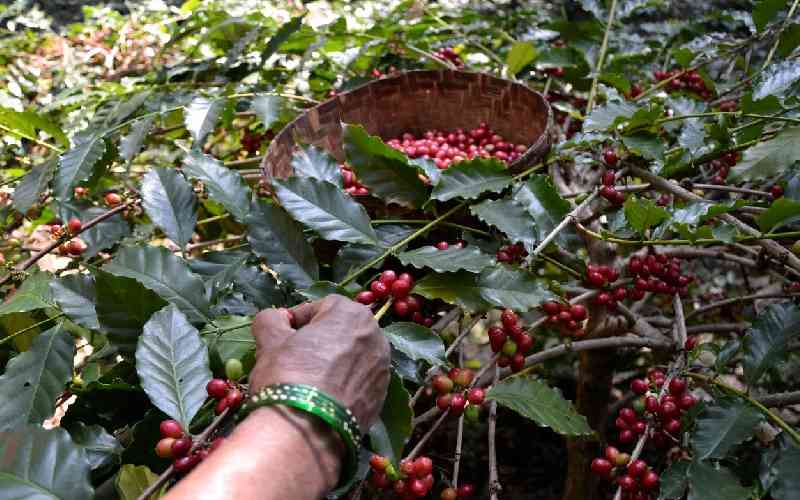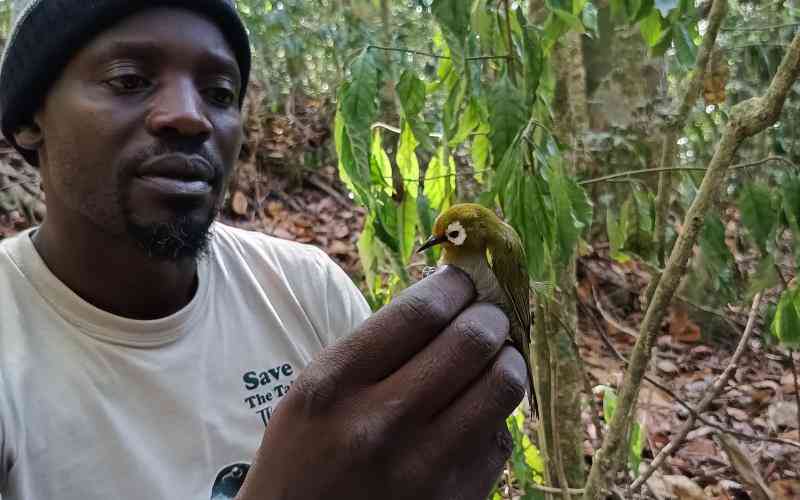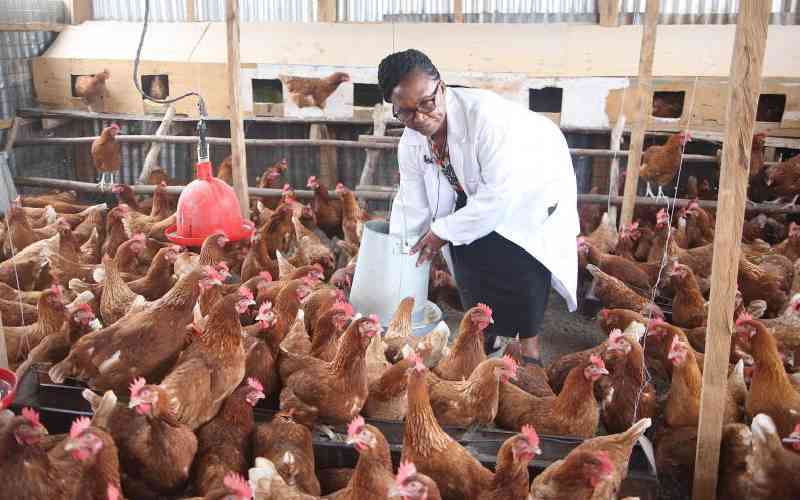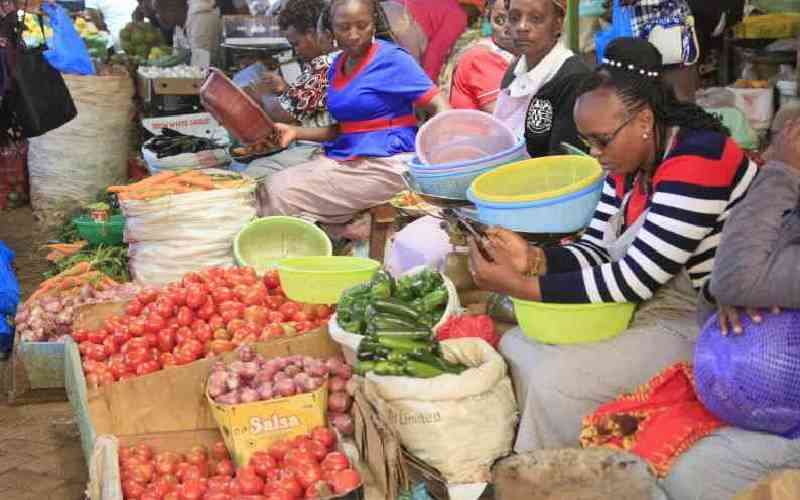
Some people’s livelihoods depend on the coffee industry, but climate change is altering weather patterns, introducing or increasing pests and diseases and disrupting where the plants can be grown.
On a July Sunday, I woke up to a shocking CNN news headline: “Melting polar ice is changing the way earth spins, making days longer”. With such a precedence, climate change is leading mother earth to global shocks and uncertainties.
Climate change has not spared the East African region with floods in Kenya, the rising level of Lake Victoria, the drought in the Northern region of Uganda and volatile changes of rainy seasons in coffee growing areas.
Oftentimes, the impacts of climate change have been reduced to global warming, but we have criminally underrated how it affects coffee production that supports livelihoods and economies.
As a beneficiary of the coffee value chain system where my father earned money to meet our school fees and domestic welfare, we have been provoked to have a rethink how climate change is reshaping Uganda’s coffee value chain system.
Uganda is the second largest coffee producer in Africa, the fourth largest Robusta producing country, and the 10th largest coffee producing country in the world.
In the financial year 2022-23, coffee contributed to Uganda’s annual export revenue of $826 million, according to the UCDA.
Two coffee varieties are growing in Uganda, Arabica (Coffea arabica) and Robusta (C canephora) comprising 20 per cent and 80 per cent of the total coffee production respectively, the UCDA’s 2019 Handbook noted.
Arabica is grown in the highland areas on the slopes of Mount Elgon in the East, and Mt Rwenzori and Mt Muhabura in the South-western and North-western regions, respectively.
Robusta coffee is grown in Central, Eastern, Mid North, West Nile, Western and South Western Uganda. About 1.7 million households and more than nine million Ugandans benefit from the coffee value chain system.
The livelihoods of farmers are directly tied to the success of their coffee crops. Coffee production relies on smallholder farmers; a population group that has been identified as the most vulnerable to climate change.
The future of Uganda's coffee sector hangs in the balance because the country is ranked as the 15th most vulnerable to climate change globally, and the 49th least prepared country to combat the effects,”
The runoff and floods are anticipated to increase in coffee growing regions such as Elgon, Buganda and Kigezi.
These trends can cause changes in pests and diseases, soil erosion and irregular coffee flowering.
Broadly, if temperatures increase, areas suitable for growing coffee will be higher up in the landscape.
Perhaps the areas that will become more suitable for coffee will compete with other crops or national nature reserves. And this may result in land conflicts between coffee producers and nature conservation.
Climate change is affecting the flowering and bean filling stages of coffee while the increased temperatures have accelerated ripening.
Prolonged droughts in the elephant belt and northern Uganda among other areas is causing plants to become weak, wilt and increase flower abortions.
In the Bugishu and Buganda region the increment in evapotranspiration has increased crop water requirements and yet most coffee farmers are mainly rain fed.
Because of changes in weather patterns, the effect of erratic rainfall will cause coffee to flower multiple times, causing farmers to pick coffee multiple times, hence increasing labour costs.
Long rains reduce flowering, affect fruit set and lower photosynthesis because of reduced temperatures.
Climate change affects the spectrum of pests and disease. For example, the coffee white stem borer (Monochamus leuconotus) is a pest of Arabica coffee in low altitudes, but is anticipated to become a major pest at higher altitudes. Coffee leaf rust also is becoming more common at high altitudes.
It is essential that coffee smallholders adopt mitigation strategies to adapt to the effects of climate change. To do this requires a combination of suitable policy measures, technical solutions, research results and best practices.
A coffee agroforestry system, the integration of shade trees in coffee, can contribute to both climate change mitigation and adaptation efforts by sequestering carbon and increasing landscape resiliency.
Uganda's coffee farmers are proving resilient and innovative. Many are adopting climate-smart agricultural practices to mitigate and adapt to the impacts of climate change.
This is essential because the reduction in coffee production and quality affects prices in the global market.
My climate action call to East African Coffee actors across the board is to join synergies in ensuring that the coffee value chain system thrives to cater for people’s livelihoods and brings the world that cherished cup of coffee every morning.
Robert Kigongo is a sustainable development analyst
 The Standard Group Plc is a multi-media organization with investments in media
platforms spanning newspaper print operations, television, radio broadcasting,
digital and online services. The Standard Group is recognized as a leading
multi-media house in Kenya with a key influence in matters of national and
international interest.
The Standard Group Plc is a multi-media organization with investments in media
platforms spanning newspaper print operations, television, radio broadcasting,
digital and online services. The Standard Group is recognized as a leading
multi-media house in Kenya with a key influence in matters of national and
international interest.
 The Standard Group Plc is a multi-media organization with investments in media
platforms spanning newspaper print operations, television, radio broadcasting,
digital and online services. The Standard Group is recognized as a leading
multi-media house in Kenya with a key influence in matters of national and
international interest.
The Standard Group Plc is a multi-media organization with investments in media
platforms spanning newspaper print operations, television, radio broadcasting,
digital and online services. The Standard Group is recognized as a leading
multi-media house in Kenya with a key influence in matters of national and
international interest.











